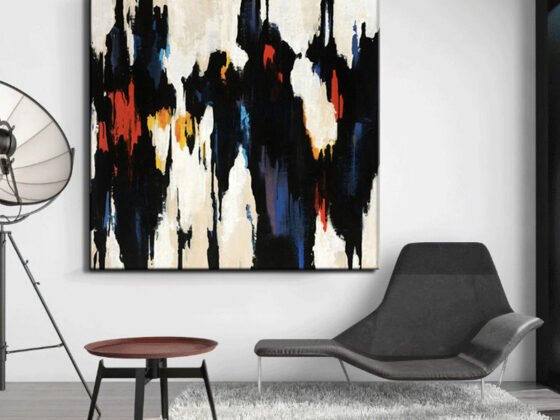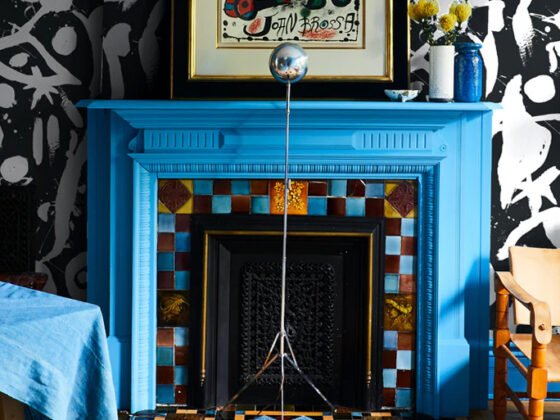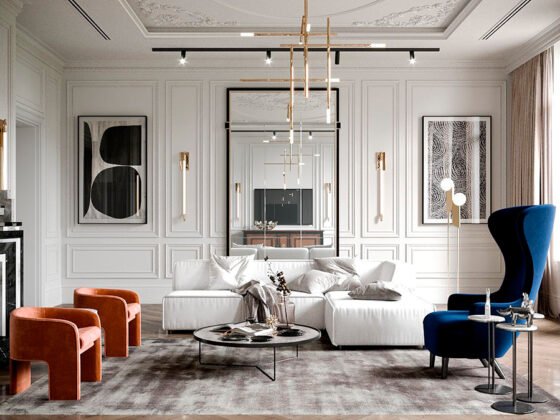In the past, we used to use concrete mostly in outdoor areas. Today, it has been recognized as a versatile material that can be applied anywhere, with its key advantage being the ability to be molded into any form.
Due to its functional and adaptable nature, concrete was widely utilized for driveways, patios, and sidewalks. However, its design potential was once perceived as limited, as concrete was deemed uninteresting. With advancements in technology and processing methods, creative applications for concrete have emerged, making it not only a cost-effective alternative to more expensive surfaces, but also a popular trend in minimalist and industrial interior design.
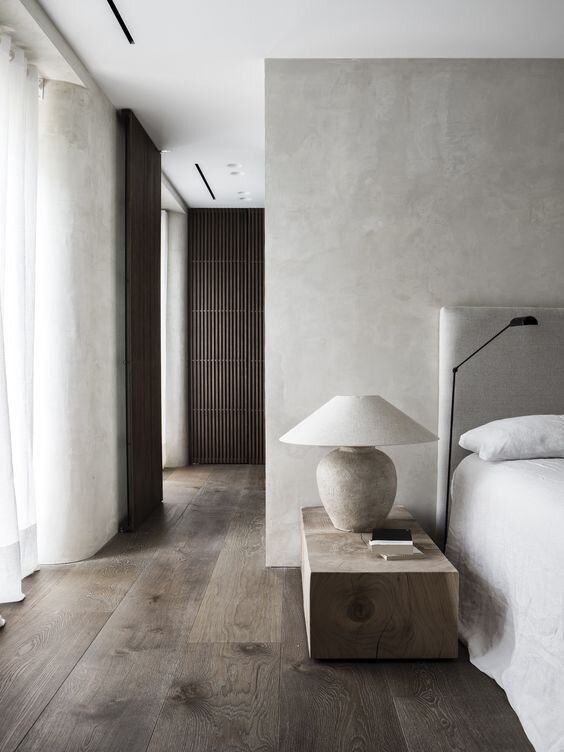
Floors and Walls
Due to its strength and durability, concrete is particularly popular for use in floor and wall panels. Although its cool neutral gray tones create an industrial look, it is the ideal material for adding an elegant minimalist touch to modern homes.

Kitchen And Bathroom
Concrete is a cost-effective option for kitchen islands, built-in sinks, and worktops due to its heat and scratch resistance. It also offers surface design flexibility, enabling a range of textures and appearances to be mimicked. Additionally, its resistance to water and stains makes it ideal for use in wet rooms, including bathrooms.
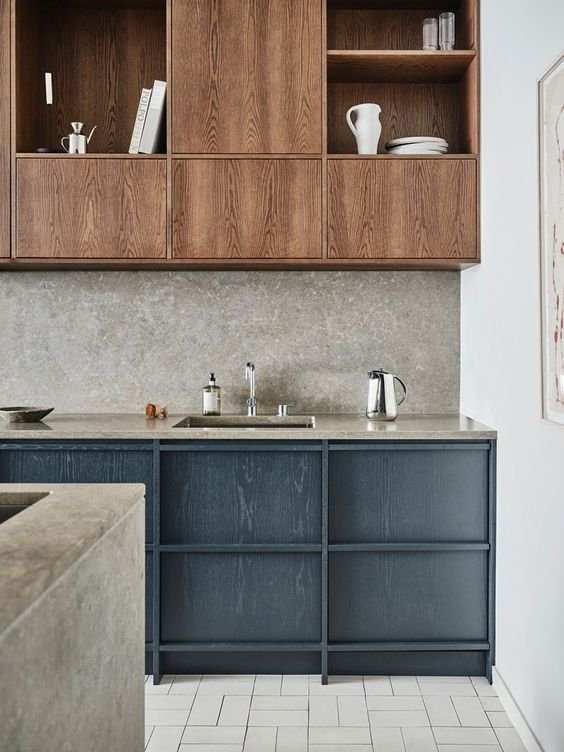
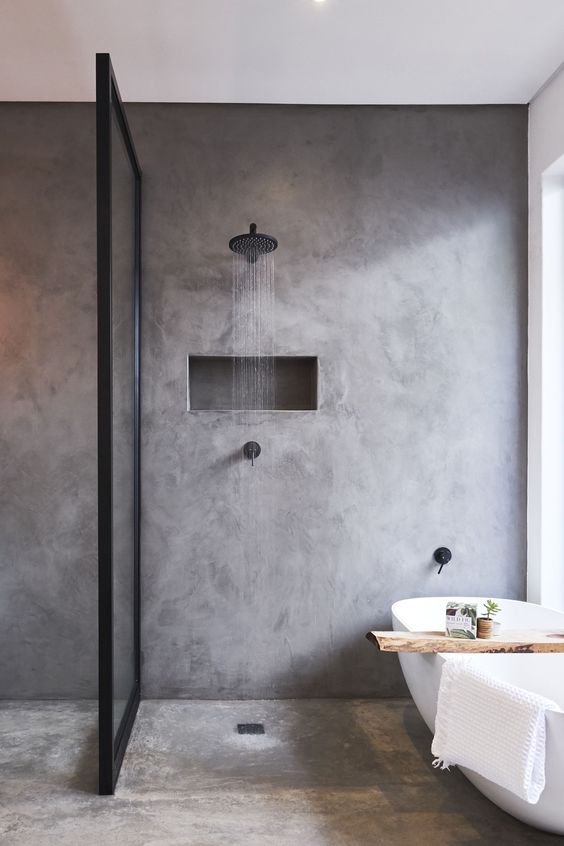
„Concrete Lighting“
Pastarieji pokyčiai dizaino sferoje paskatino sukurti ir betoninius šviestuvus. Paprasta konstrukcija ryškiai kontrastuoja su sunkiu betono formos tonu. Šių dviejų griežtų sąvokų sujungimas atneša netikėtą posūkį įvairialypiame betono pasaulyje.
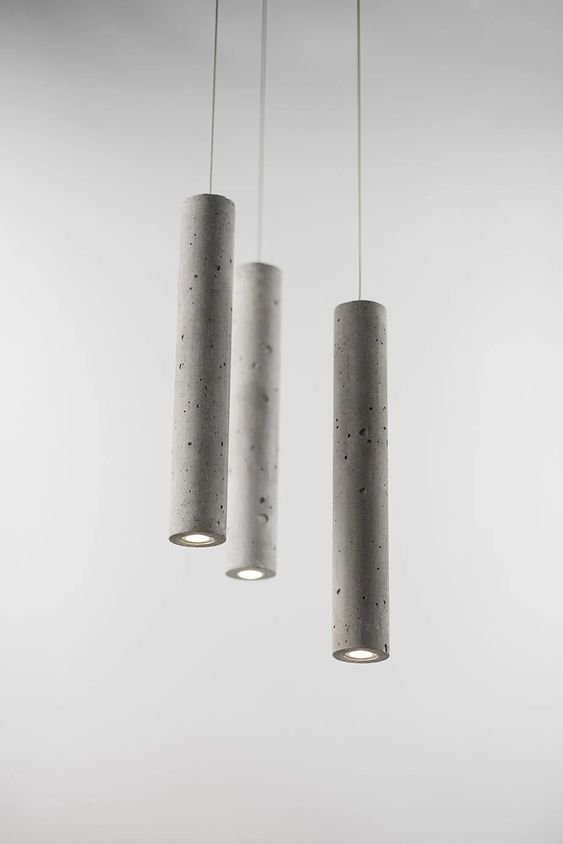
Imitation Of Luxury Elements
Concrete’s adaptable and versatile nature makes it a creative option for indoor use. Advances in technology allow for the creation of new mixes and finishes, including the option to paint it in various colors. Some concrete mixes even mimic the textures of expensive materials like marble and limestone, providing an affordable solution for luxurious-looking interiors.
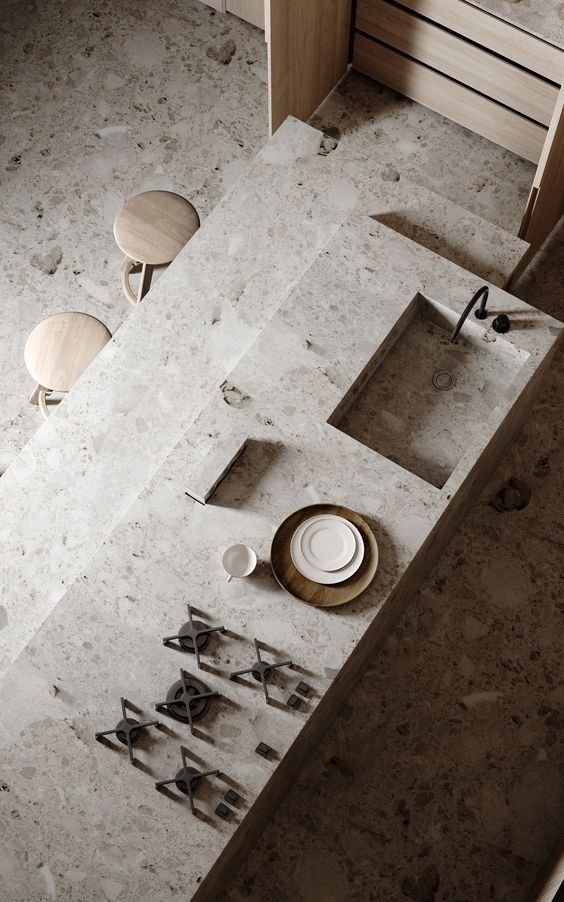
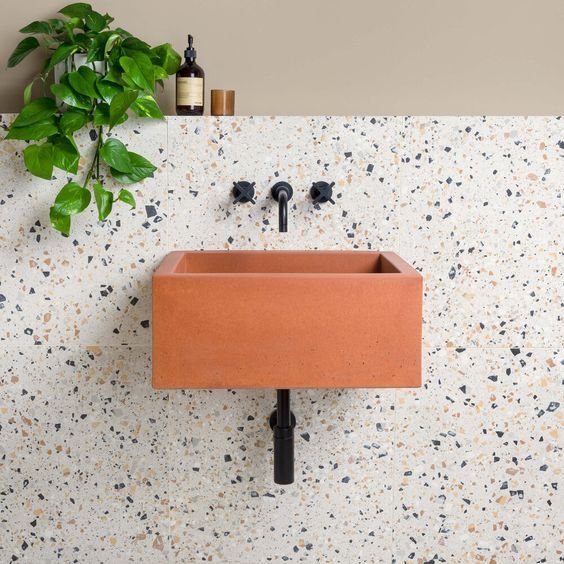
Affordable Functionality
Concrete is a durable and inexpensive option. Due to the simple maintenance and relatively low installation costs, concrete surfaces can be used as finishing elements in most interiors.
Low Maintenance Costs
The cost of installing concrete primarily lies in the coating process itself. However, it offers numerous advantages over traditional materials, including durability, heat and water resistance, mold inhibition, and moisture protection. Using quality finishing products for impregnation can also protect the concrete from scratches and stains.
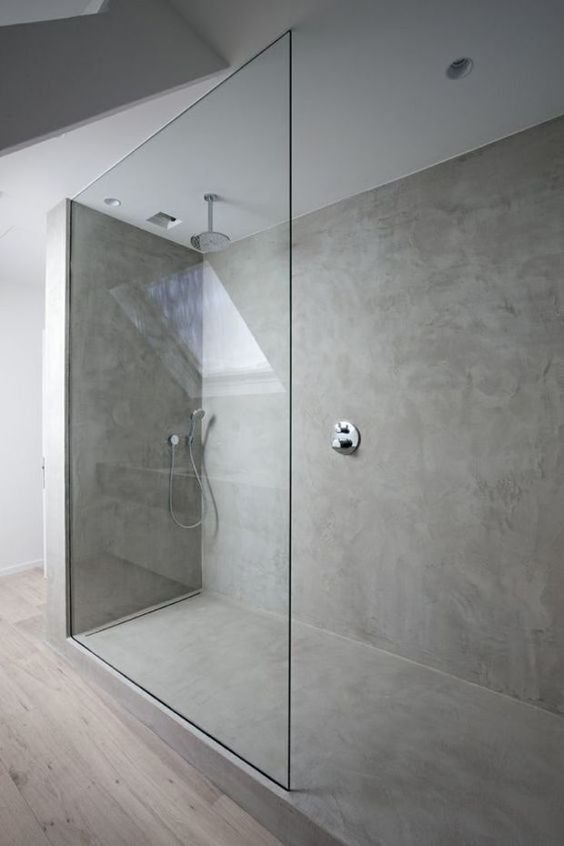
Concrete. Yes Or No?
Concrete used to be an uncommon choice for interior decoration, primarily used for outdoor structures such as foundations or decks. However, its subtle integration with design elements creates a unique architectural touch in indoor spaces.
The contemporary, industrial aesthetic of concrete accents provides an urban feel to the space. The addition of textured materials like wood and leather, as well as the combination of dark shades, helps to soften its cold and gloomy reputation.
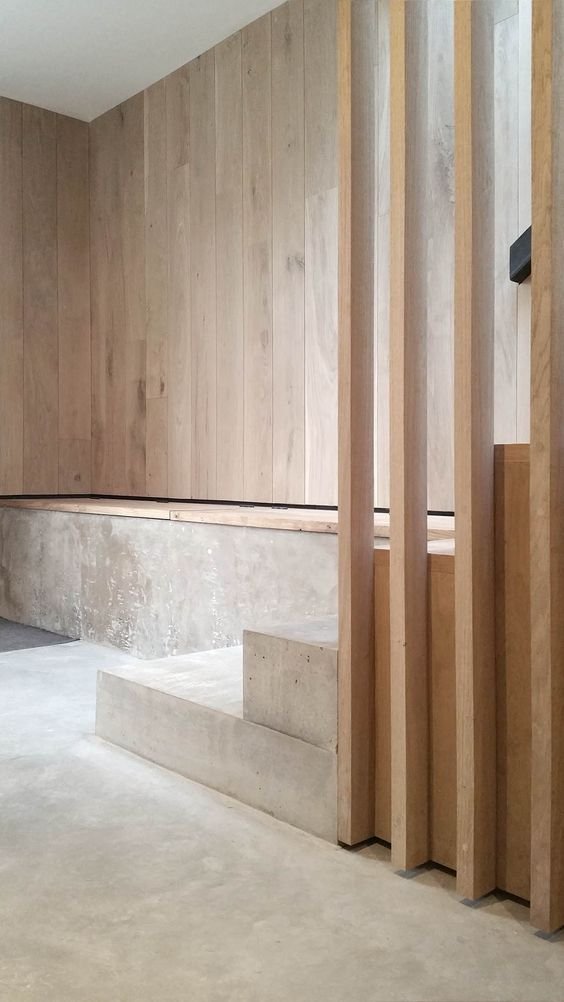
Various finishing options of concrete are available – from smooth to grainy, from matte to glossy. In any case, concrete becomes the main accent of the space and draws attention to itself.
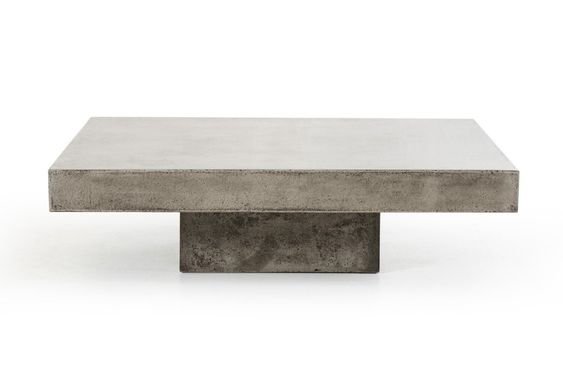
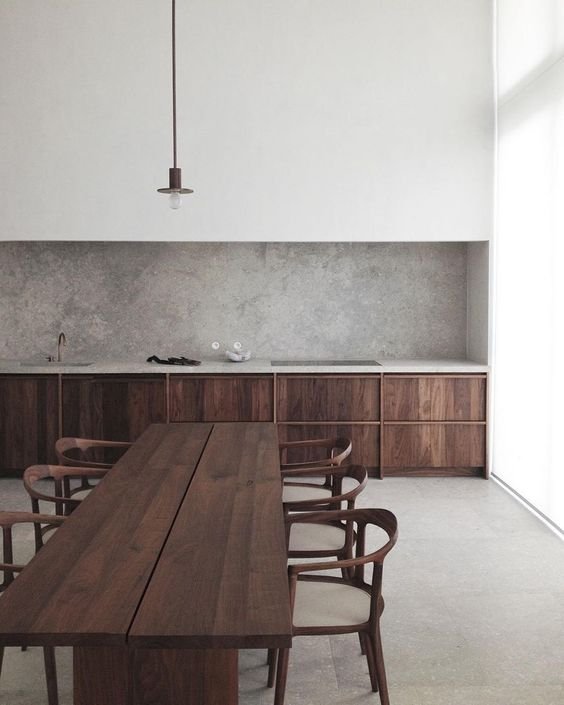
Concrete’s versatility makes it a perfect choice for modern living. It serves as a neutral backdrop while also having the ability to add drama to spaces. Its cost-effectiveness also makes it an ideal choice for experimenting with home interior design.

